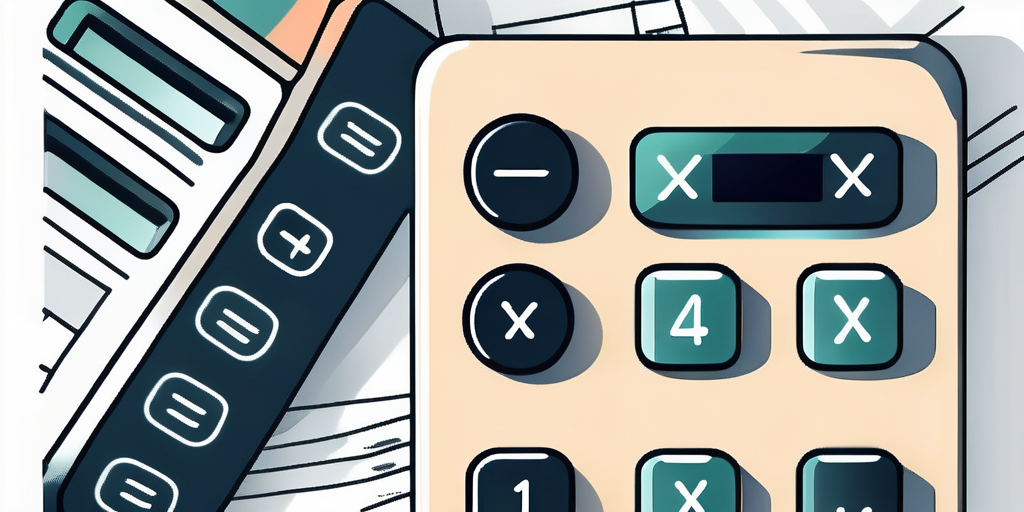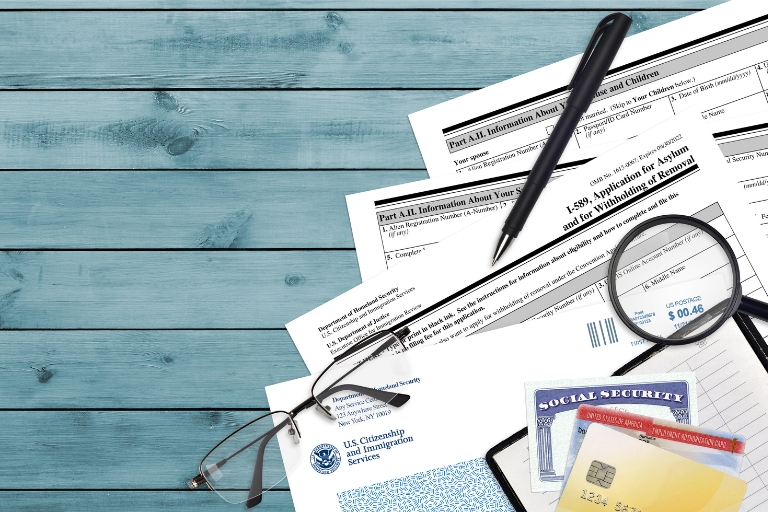Welcome, dear reader, to the thrilling world of tax preparation! If you’re here, it’s probably because you’ve been tasked with the Herculean labor of figuring out your taxes. Or, you’ve lost a bet. Either way, buckle up, because we’re about to dive headfirst into the exhilarating, pulse-pounding, edge-of-your-seat world of… withholding. Yes, you heard right. Withholding. A word so exciting, it has its own theme music. (It doesn’t, but it should.)
Now, before we begin, let’s get one thing straight: taxes are like a box of chocolates – you never know what you’re gonna get. Except, unlike chocolates, you do know what you’re gonna get: a headache. But fear not, for we are here to guide you through this labyrinth, one hilarious step at a time. So, without further ado, let’s get started!
The Basics of Withholding
Withholding, in the tax world, is a bit like your overbearing aunt who insists on taking a portion of your birthday money “for safekeeping.” Except in this case, the aunt is your employer, and the money is your income. Essentially, withholding is the portion of your paycheck that your employer sets aside and sends directly to the government as a prepayment of your income tax. It’s like a down payment on a car, but less fun.
Now, you might be wondering, “Why can’t I just pay all my taxes at once?” Well, dear reader, that’s because the government, much like a needy pet, prefers to be fed in small, regular portions rather than one big meal. This way, they get a steady stream of income throughout the year, and you get the joy of seeing a smaller paycheck. Everybody wins! (Sort of.)
How Withholding is Calculated
So how does your employer know how much to withhold? Well, it’s not a random number pulled out of a hat (though that would make tax season a lot more interesting). Instead, it’s based on the information you provide on your W-4 form. This form is like a dating profile for the IRS, telling them all about your income, marital status, number of dependents, and whether or not you enjoy long walks on the beach.
The more allowances you claim on your W-4, the less money will be withheld from your paycheck. It’s a bit like a game of tug-of-war: the more allowances you have on your side, the more of your paycheck you get to keep. But be careful! If you claim too many allowances and not enough tax is withheld, you could end up owing money come tax time. And trust us, the IRS is not a forgiving loan shark.
Types of Withholding
Now, not all withholding is created equal. There are several types of withholding, each with its own set of rules, regulations, and potential for confusion. First, there’s wage withholding, which is what we’ve been talking about so far. This is the money that’s taken out of your paycheck for income tax purposes.
But wait, there’s more! There’s also backup withholding, which is like the understudy to wage withholding. This comes into play when the IRS doesn’t have your correct taxpayer identification number (TIN). In this case, they’ll withhold a flat rate from certain types of income, like interest and dividends. It’s their way of saying, “We don’t know who you are, but we’re taking your money anyway.”
Adjusting Your Withholding
Now, you might be thinking, “This all sounds great, but what if I want to adjust my withholding?” Well, dear reader, you’re in luck! Adjusting your withholding is as easy as filling out a new W-4 form. It’s like updating your Facebook status, but with more paperwork and less likes.

Why might you want to adjust your withholding, you ask? Well, if you find that you’re always owing money come tax time, you might want to have more money withheld from your paycheck. On the other hand, if you’re always getting a large refund, you might want to have less money withheld. After all, a tax refund is just the government giving you back your own money, minus the interest you could have earned on it. It’s like lending your friend $20 and getting back $19 six months later. Not exactly a great deal.
When to Adjust Your Withholding
So when should you adjust your withholding? Well, any time there’s a major change in your life, it’s a good idea to revisit your W-4. This includes things like getting married, having a baby, buying a house, or discovering you’re the long-lost heir to a fortune. (If it’s the latter, congratulations! Also, can we be friends?)
Remember, the goal is to have your withholding match your actual tax liability as closely as possible. This way, you won’t owe a lot of money at tax time, but you also won’t be giving the government a free loan. It’s a delicate balance, like a tightrope walker juggling chainsaws. (Okay, maybe not that delicate, but you get the idea.)
How to Adjust Your Withholding
Adjusting your withholding is as simple as filling out a new W-4 form and giving it to your employer. It’s like updating your relationship status on social media, but with more paperwork and less drama. (Unless you really mess up the form, in which case, there might be drama.)
On the W-4, you’ll find a series of worksheets to help you figure out how many allowances to claim. These worksheets take into account things like your income, marital status, and whether or not you qualify for certain tax credits. It’s like a math test, but with more at stake and less partial credit.
Common Withholding Mistakes
Now that we’ve covered the basics of withholding, let’s talk about some common mistakes people make. Because nothing says “fun” like learning from other people’s tax blunders!
One common mistake is not updating your W-4 after a major life event. Remember, things like getting married or having a baby can significantly affect your tax situation. So if you’ve recently tied the knot or welcomed a new bundle of joy, make sure to update your W-4. It’s like updating your relationship status on social media, but with more paperwork and less likes.
Claiming the Wrong Number of Allowances
Another common mistake is claiming the wrong number of allowances. Remember, the more allowances you claim, the less tax will be withheld from your paycheck. But if you claim too many allowances and not enough tax is withheld, you could end up owing money at tax time. It’s a delicate balancing act, like a tightrope walker juggling chainsaws. (Okay, maybe not that delicate, but you get the idea.)
So how do you know how many allowances to claim? Well, the W-4 form comes with a handy worksheet to help you figure it out. It’s like a math test, but with more at stake and less partial credit. (And no, you can’t ask your neighbor for the answers.)
Not Understanding Backup Withholding
Finally, a common mistake is not understanding backup withholding. Remember, this is the IRS’s way of saying, “We don’t know who you are, but we’re taking your money anyway.” If you don’t provide your correct taxpayer identification number (TIN) to your payer, you could be subject to backup withholding. It’s like getting a detention for not bringing your ID to school. Except instead of sitting in a classroom, you’re losing money.
So how do you avoid backup withholding? Simple: make sure to provide your correct TIN to your payer. It’s like giving your phone number to a friend, but with more paperwork and less emojis.
Conclusion
And there you have it, dear reader: a comprehensive, hilarious, and slightly terrifying guide to withholding. We hope you’ve found this journey through the world of tax preparation as thrilling as a roller coaster ride, as enlightening as a TED Talk, and as hilarious as a stand-up comedy show. (Okay, maybe not that hilarious, but we tried.)
Remember, taxes may seem scary, but they don’t have to be. With a little knowledge, a lot of patience, and a healthy dose of humor, you can navigate the world of withholding like a pro. So go forth, dear reader, and conquer your taxes. We believe in you!


